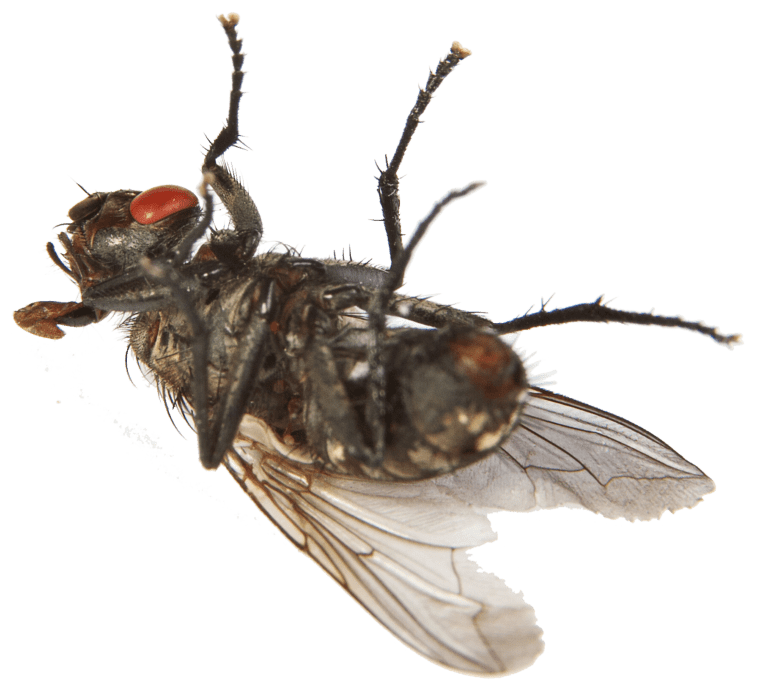Pest problems cost residential homes and commercial establishments hundreds of thousands of dollars per year in damage control and repairs. The first step toward effective pest control is figuring out whether you have a pest problem at all, and how extensive it is. Most pest control situations are easily handled by homeowners without hiring an exterminator. However there are some challenges, for example, an infestation of termites or fire/carpenter ants, which are better left to the experts.
The very first step to undertake is a DIY pest inspection. Whether you want to control a pest problem or determine if one exists, start putting together the tools you need for a DIY pest inspection. Here’s how to do it like a professional.
Getting DIY Pest Inspection Tools Ready
Pests do not require an open-door invitation to enter your home. In fact, the smallest of crevices, tight spaces, and damp environments ensure that pests get in and begin to wreak havoc.
- In order to know if you have a pest problem at hand, find a handy flashlight and mirror. Most pests choose to hide in and under tight spaces and dark crevices in your house. A flashlight and mirror can help you find these critters quickly.
- Have a magnifying glass at hand. When you do find insects and pests in your home, a magnifying glass will help you view them properly by enlarging the image.
- If you intend to look for pest infestations in the exterior of your home, a stepladder can help you look at the roof properly.
- Crawlspaces can be a haven for pests. However, entering the crawlspace of your home necessitates the use of protective gear such as gloves, overalls, dust masks, and safety goggles.
- If the DIY pest inspection reveals the signs of a pest infestation use sticky traps, photographs, or vials to collect samples. While contacting a pest control company, the work will be a whole lot quicker if you have samples or evidence to show.
Where to Look
Now that you are properly outfitted and equipped, the next step is to begin the DIY pest inspection. Whether you are looking for rodents, insects, or any other type of pests, you need to watch out for signs. These signs include damage to the structure of your home, wall discolorations, gnaw marks, urine stains, as well as residual food matter, and fecal droppings. Looking for these signs of an infestation is important because most pests are active during the nighttime. This means that if you are conducting the DIY pest inspection during the day, you may not find any insects out and about, but these signs can confirm their existence.
- Look for gaps, cracks or holes in the walls. These serve as an entry-point for pests.
- Use the magnifying glass to comb over the door and window frames. Ensure that the frames are tightly sealed.
- If you have screens on your windows, look for holes and tears in the screen.
- There are a number of utility wires and plumbing pipes that connect to your home. Look around these areas to see if they are offering access to pests. One good way to do this is to step out of your home in the night and look in at these spots, if you can see any light coming through these places, you can rest assured that pests can get in.
- Pests need moisture to survive. In general, the areas of moisture and condensation inside your home attract pests. Inspect areas around leaky faucets, clogged drains, rotting wood, water stains, still water, etc. to look for signs of pests.
- Exposed food and water attract pests in droves. Keep an eye on trash areas so they are not left overflowing and dirty. Ensure that any pet feeding bowls are cleared in time, and are not left out overnight.
What’s Next
- Once the DIY pest inspection is complete, you have a few important changes to make.Stop pests from entering your home by blocking/sealing all entry-points.
- Make it difficult for them to consider your home habitable by preventing them from finding food and water easily. Keep your drains and kitchen area clean.
- Use DIY pest control methods to safeguard against the pests you found.
- If you identify dangerous infestations or nests, call a professional pest inspection and control agency. Trying to tackle a termite or fire ant problem on your own can be ineffective at best because they require heavy-duty pest control products. It can also be dangerous to try to ward off these pests on your own.




